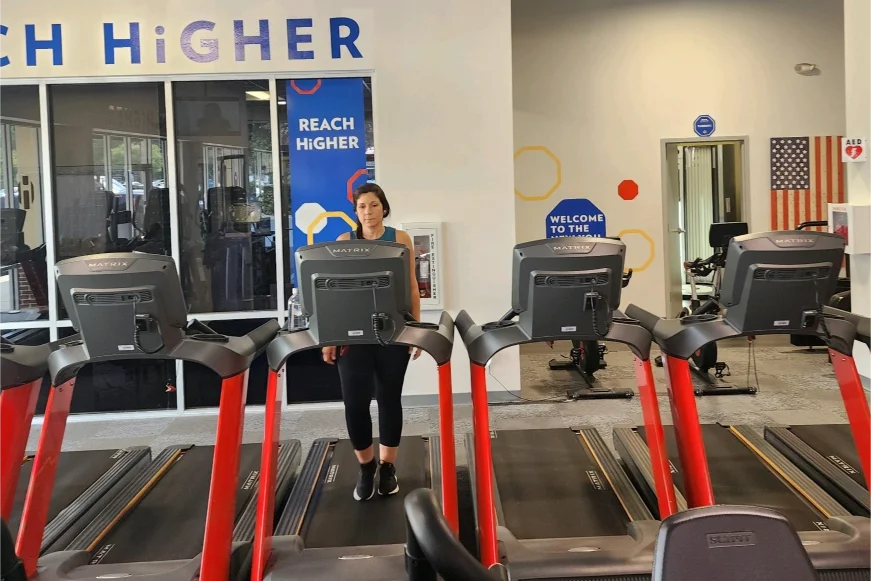Understanding how often you should engage in yoga is crucial for reaping its full benefits. Yoga is more than just a series of poses; it’s a pathway to greater wellness, peace of mind, and physical fitness. In this article, we’ll explore not just the recommended frequency of practice, but also how to tailor it to fit your lifestyle and health goals.
Defining your goals
Before you roll out your yoga mat, it’s important to ask yourself: “What am I hoping to achieve through yoga?” Setting clear, attainable goals is the first step toward a rewarding yoga practice. Are you looking for a way to reduce stress? Perhaps you want to enhance your physical strength or flexibility. Or maybe you seek a deeper spiritual connection? Your goals will significantly influence how often you should practice.
For those looking to alleviate stress, a daily short session of gentle yoga might be ideal. Conversely, if your aim is to build strength or significantly improve flexibility, you might need to commit to more intense sessions a few times a week. Remember, your yoga goals should not only challenge you but also be aligned with your overall lifestyle and wellness objectives. Let your goals be your guide as you decide on the frequency of your practice.
Yoga for specific needs
Yoga is incredibly versatile, making it a fantastic tool for addressing specific health and wellness needs. Each style and practice frequency can be tailored to help you meet your unique challenges:
- Stress relief: Yoga practices like Hatha and Restorative yoga, known for their calming poses and slower pace, are excellent for mental relaxation. Practicing three to four times a week can significantly reduce stress levels.
- Physical fitness: If improving fitness is your goal, consider more vigorous styles such as Vinyasa or Ashtanga, which are more physically demanding. Practicing these styles 4-5 times per week can help build muscle tone, endurance, and overall physical health.
- Flexibility and mobility: To enhance flexibility, integrate longer holds in poses such as those found in Yin yoga. A routine of 3-4 times per week can lead to noticeable improvements in flexibility and joint mobility.
- Health conditions: For those managing chronic conditions or specific ailments like back pain, a tailored yoga routine with a focus on therapeutic poses can be practiced as often as daily, under the guidance of a healthcare provider or a specialized yoga instructor. If you sit for prolonged periods of time at work, lower back pain is a real threat. That’s why yoga poses that alleviate lower back pain are a great tool to keep your body in optimal shape.
If you are looking for yoga classes in Lake City, make sure to visit HiTone Fitness and get your 3-day free pass.
Integrating yoga into your life
Incorporating yoga into your daily routine might seem daunting, especially if you have a busy schedule. However, making it a regular part of your life doesn’t necessarily mean spending hours on the mat each day.
It’s about creating a flexible routine that enhances your life without overwhelming it. Start small; even a few minutes of morning stretches or a brief meditation session before bed can have profound effects.
Consider yoga as a break from the hustle and bustle, a space where you can breathe and reconnect with yourself.
Always listening to your body
Listening to your body means being attentive to its signals and responding appropriately. This skill is crucial, as it prevents injury and ensures that your practice supports your health.
If you feel pain or discomfort during a session, take it as a sign to ease up or adjust the posture. Yoga is not about pushing through pain but about fostering a nurturing and positive relationship with your body.
Final thoughts
There is no one-size-fits-all answer to how often you should practice; it depends on your goals, lifestyle, and the unique needs of your body. Remember, the ultimate goal of yoga is to support holistic wellness—physical, mental, and spiritual.
We hope this guide has helped clarify how you can integrate yoga into your life effectively and listen to your body’s cues. Whether you’re practicing daily or a few times a week, the key is consistency and mindfulness. Keep exploring different styles and frequencies to find what feels best for you.







